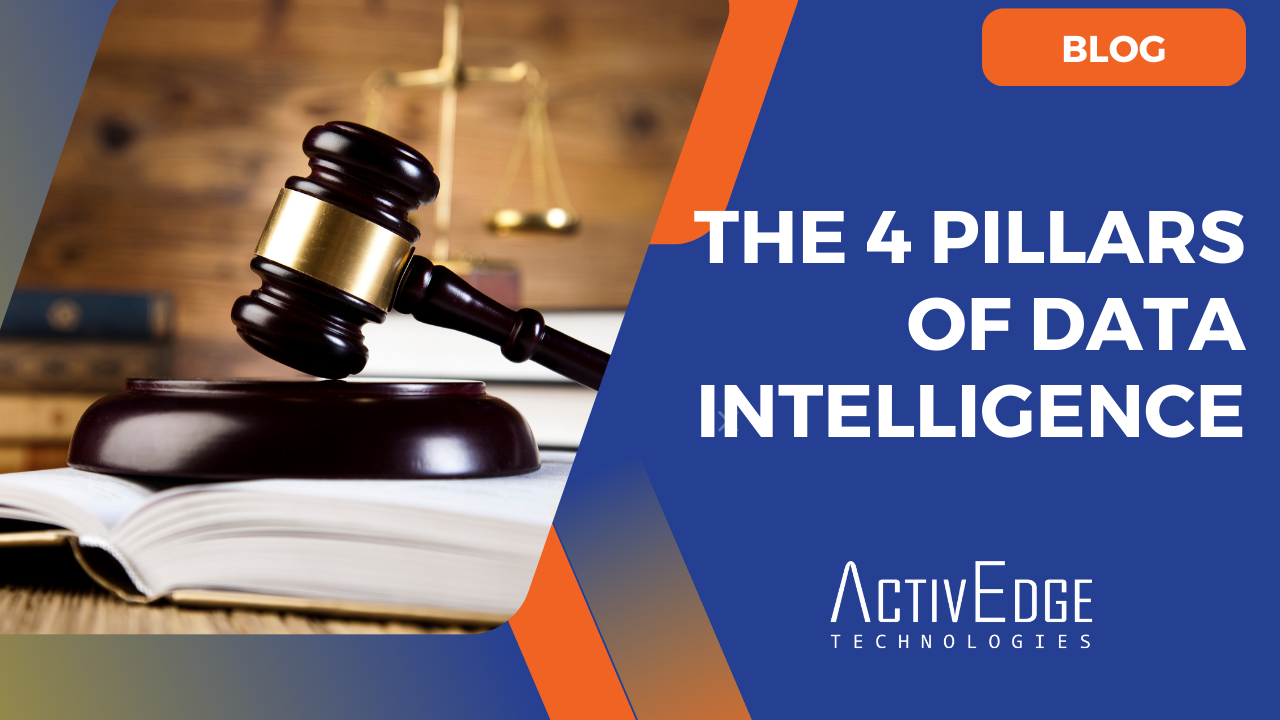AIOps is gearing up to become the next big thing in IT management. It’s the convergence of AI and traditional IT operations. Like all other domains, AI is going to have a significant impact on system operations and administration. When the power of AI is applied to operations, it will redefine the way infrastructure is managed.
IT infrastructure generates a lot of data. From the temperature of the chassis to the latency rate of an API call, it is possible to acquire data from disparate layers of the stack. When aggregated, normalized, and analyzed, this data becomes a rich source to derive insights.
Here are five use cases of AIOps:
1) Capacity Planning
Even though capacity planning has become dynamic with cloud infrastructure, architects still find it hard to map workloads to the right servers and VM configurations.
Mainstream cloud providers such as AWS, Azure, and Google have dozens of configurations for running VMs. Infrastructure architects will have to choose from a variety of parameters ranging from CPU types, available memory, network throughput, disk types, disk I/O, and VM placement. As enterprise workloads start to migrate to the cloud, cloud providers will continue to add new configurations, which will only increase the complexity.
By applying AI, workloads can be mapped to the right configuration of servers and virtual machines. After running the workload in its peak state, AIOps can recommend the correct instance family type, storage choices, network configuration, and even the IO throughput of storage. This takes the guesswork out of the equation by aligning the workload characteristics with an appropriate IT resource configuration.It’s a matter of time before cloud providers integrate this AI-based capacity planning tool into their IaaS offerings.
2) Resource Utilization
Cloud brought elasticity to infrastructure, through which applications can automatically scale-out and scale-in. The scaling operations are either reactive or proactive. In responsive scaling, resources are adjusted based on parameters such as CPU consumption or the number of pending items in a queue. It is also possible to schedule the scaling operation to trigger actions at a specific time window.
With AIOps, administrators will rely on predictive scaling in which the infrastructure intelligently adjusts itself based on historical data. It will learn how to reconfigure itself based on the current and anticipated utilization pattern.
Predictive scaling takes the auto-scale feature of cloud IaaS to the next level. There would be no rules and configuration settings to enable elasticity. The workload will determine the optimal resources required by monitoring itself.
3) Storage Management
AIOps is not confined to compute resources alone. Storage and network will also get impacted by the application of AI to operations.
When managing production workloads, storage resources are monitored continuously for optimal performance and utilization. When the performance is degraded due to lower IOPS or when the disk becomes almost full, the administrators get an alert. By bringing AI to storage ops, mundane tasks such as calibrating disks and reconfiguring them are automated. Through predictive analytics, storage capacity is automatically adjusted by adding new volumes proactively.
AI can tackle fundamental to advanced operations related to storage management.
4) Anomaly Detection
AIOps can detect anomalies in near real-time from the data originating from various layers of the technology stack.
Since application and infrastructure logs are structured as time-series data, advanced machine learning algorithms can be applied to find outliers. AIOps can accurately highlight these outliers by pinpointing the actual source, which can help IT teams in performing efficient root cause analysis almost in real-time.
Anomaly detection is one of the top use cases of AIOps. It can prevent potential outages and disruptions faced by the infrastructure.
5) Threat Detection & Analysis
AIOps will play a key role in enhancing the security of IT infrastructure. Through the application of machine learning algorithms and heuristics, anomalies and risk events can be detected and avoided.
By applying AI to security management, IT teams can detect a variety of breaches and violations. Data from various internal sources such as netflow logs, application event logs, and DNS logs can be combined with external threat intelligence feeds, such as lists of malicious IPs and domains can be utilized for the analysis. Advanced machine learning algorithms can be used to identify unexpected and potentially unauthorized and malicious activity within the infrastructure.
AIOps, the convergence of AI and ITOps, will change the face of infrastructure management. This technology will impact both enterprise data center and cloud infrastructure management.
SOURCE: Forbes https://www.forbes.com/sites/janakirammsv/2018/07/06/5-ways-aiops-will-influence-enterprise-it-operations/#101c12e22672






